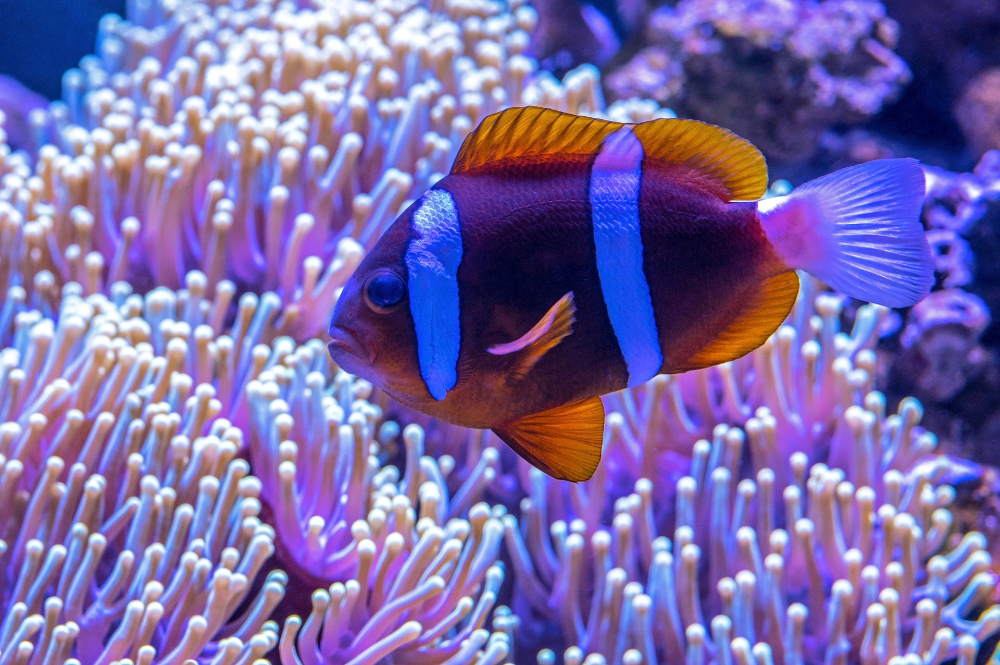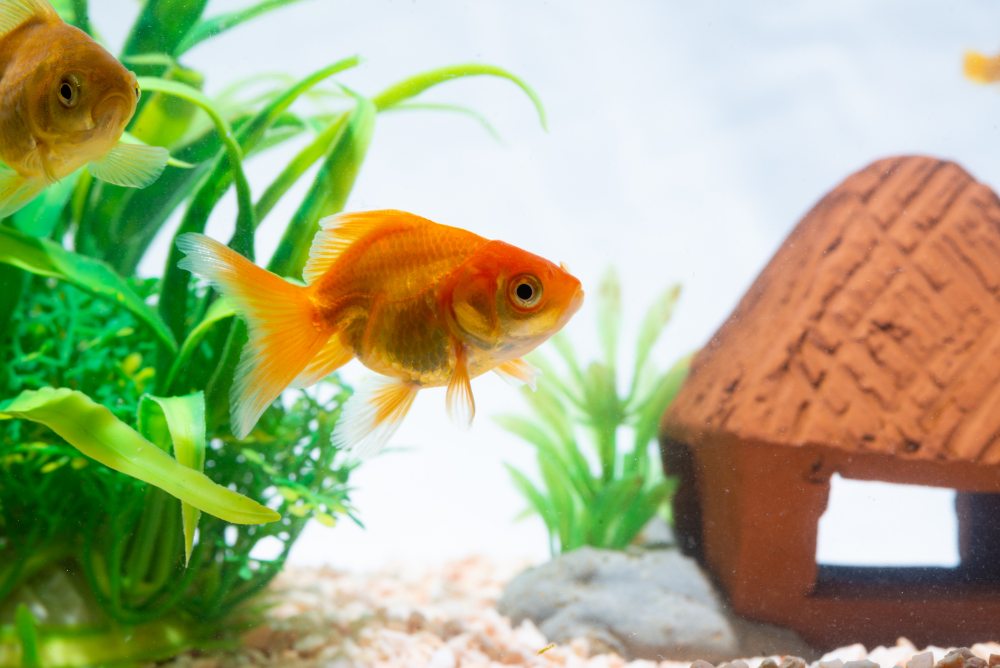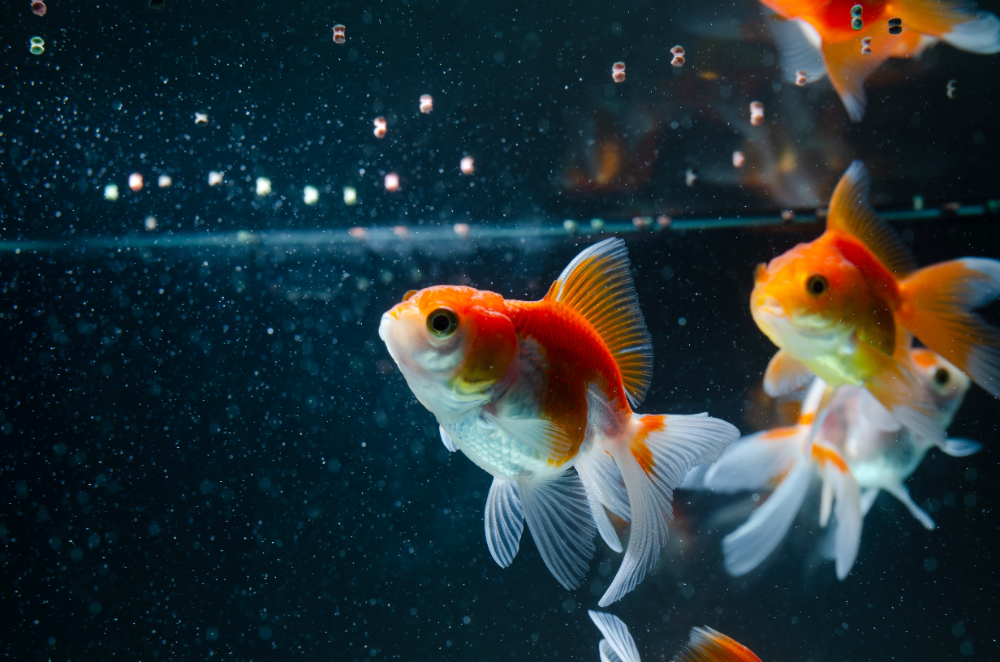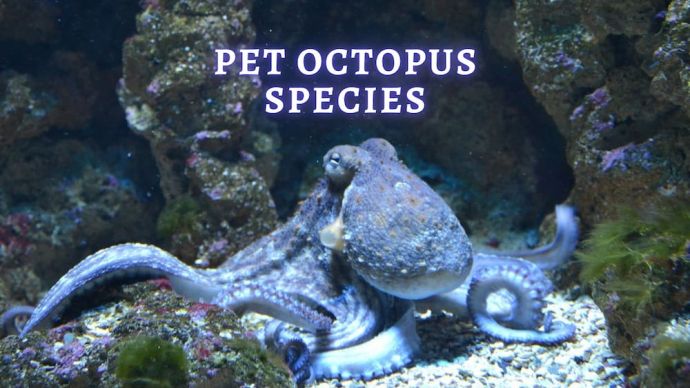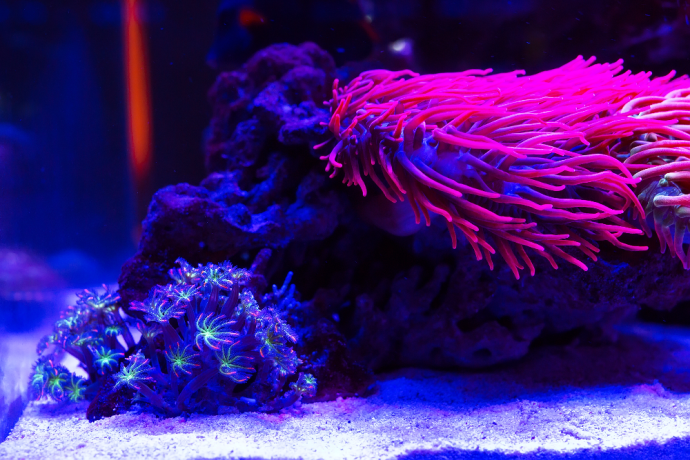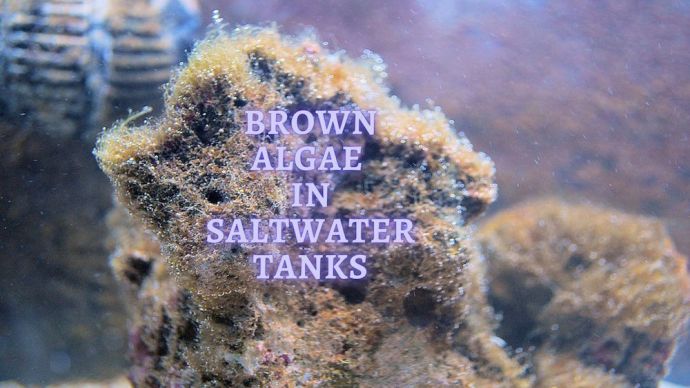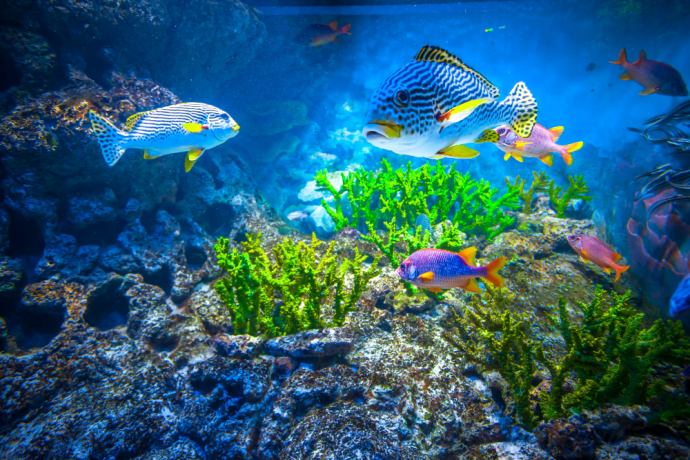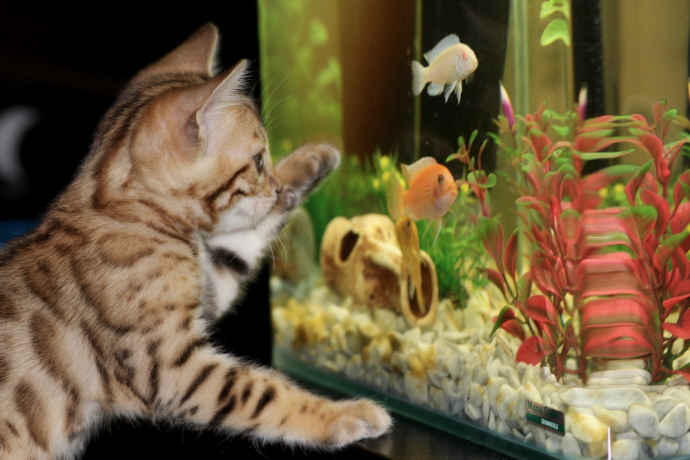How to Lower Nitrates in a Fish Tank?
Written by:
Author: Alina Andreeva
Alina A. is a professional writer, editor, and pet-lover. She has published over 50 articles on how to care for pets properly. Alina has been writing articles for 3 years, so she has considerable experience in this niche. Her natural curiosity helps her to expand her knowledge and learn new pet care life hacks, which will make your life much easier.
View all 79 articlesLearn about our editorial process and veterinary review board.
Viewed: 341
Updated on: 03/09/2021
Most fish keepers know all about the dangers of ammonia and nitrite within their tanks. However, the impact of nitrate is often less understood. Nitrate is not as lethal as either ammonia or nitrite, but it can still harm your fish. Therefore, it is essential to know how to regulate the levels within your aquarium. You need it for the good of your pets and the overall environment of the tank.
What is Nitrate?
Nitrate (NO3) is a by-product released by aquarium-dwelling bacteria during the decomposition of fish waste. It accelerates the growth of algae and can be toxic to some fish and invertebrate species.
Nitrites and nitrates appear in aquarium water as a product of the decomposition of ammonia (NH₃) as a result of the nitrogen cycle.
Among the nitrogen compounds formed during the life of inhabitants, nitrates are the safest for organisms. These compounds are formed due to the activity of nitrifying bacteria that process the ammonia released by aquarium organisms.
What causes Nitrate in a Fish Tank?
Nitrate can build up within a fish tank in some different ways:
- As a by-product of nitrite oxidation, some levels of nitrate can be found within the vast majority of tanks, no matter how careful you are. Decaying plant material can result in increased levels, as can detritus, and dirty filters.
- Overfeeding your fish can also raise the nitrate levels within the tank.
- Overstocking your aquarium with too many plants and fish for the space in question.
- Fill a freshwater aquarium with tap water when it comes to cleaning time. However, this can also add to the nitrate levels already within the aquarium. Some drinking tap water can contain 40 parts per million of nitrate. You should be aiming for a water source with around 10 parts per million or below. Nitrate-free water sources are ideal when it comes to filling your tank.
What is the Safe Nitrate level for Fish?
In the wild, water nitrate levels within fish habitats are often deficient, around the five parts per million mark. Therefore, if you want to replicate the right natural conditions, you should be looking to decrease it as much as possible.
- If you are keeping a freshwater aquarium, a nitrate should never go above 50 parts per million, or else you risk causing significant damage to the fish within.
- Preferably, your nitrate levels should always be below the 25 parts per million mark, but the lower, the better.
- If you are looking to breed fish or reduce the number of algae growing within your tank, aim for a nitrate level of below 10 parts per million.
READ MORE: Guppy Tank Mates
How to reduce Nitrates levels in an Aquarium?
Now that you know the dangers of high nitrate level within your tank, it is time to learn precisely how to lower them and keep them low. It is essential to know that well-oxygenated filters will not allow nitrate-removing bacteria to thrive, as these bacteria avoid high oxygen environments.
However, there are best ways to get rid of nitrates in freshwater aquarium:
1. Clean your Tank regularly
The first and simplest step to reduce nitrates levels is to keep your tank clean. Waste produces nitrate. Therefore, a fresh tank is your best friend.
It is also necessary to wash the filters to preserve bacteria; washing should be performed with aquarium water. Now, modern aquarium filters are already provided with high nitrate fillers, which are either specially impregnated sponges or fillers in the form of granules. They will not lead to an instant effect, but, gradually, they will keep nitrates at a low, steady level for a long time.
2. Feed your Fish normally
As mentioned before, overfeeding can actually cause a rise and other waste. Again, this is a simple fix. Only feed your fish the designated amount. Look at the back of the food packet/container for more information. If you notice that food is regularly being left by the fish, then reduce by a little each day until you reach the perfect amount.
3. Keep live and healthy Plants
Live plants are a great addition to your nitrification cycle. Some plants use nitrates as fertilizer. Plants that grow quickly absorb the most nitrates. Plants’ fast-growing algae in the aquarium that will actively absorb the chemical for its development – popular choices are duckweed and water sprite.
It can reduce nitrate levels, as these plants use nitrate to survive. Just be careful that your nitrate stays at a reasonable level. Otherwise, these plants can be overgrown by algae.
4. Change water
Changing the water within your tank should be a regular part of your schedule anyway. Replace aquarium water regularly (1-2 times a week) and partially (about 25%). At the same time, during cleaning, use a gravel cleaner with a siphon and remove debris and organic residues from the bottom.
However, it is also essential to ensure that the water you are using is either low in nitrate or nitrate-free. If you have tested your tap water and found that it is high in nitrate, opt for deionized water or reverse osmosis water instead. However, mineral substitutes may be needed with these water types.
5. Invest in special means
If you have the money to invest in a filter that removes nitrate, then do so. If not, you can purchase nitrate-lowering media to help your existing screen achieve the same goal.
In addition, almost every manufacturer of aquarium products has a special additive that can instantly lower the level of nitrates in the water. The fastest and most effective way is to use aquarium chemistry. Special products will gently and safely reduce the level of nitrates in the water, as well as help to get rid of algae.
What effect does Nitrate have on Fish?
Fish will often begin to feel the effects of high nitrate levels once they reach between 50 and 100 parts per million. If left in conditions of this nature for a sustained time, the fish will start to develop health problems. Their immune systems will be weakened, making them more susceptible to disease and illness. Not only this, but their ability to reproduce will be inhibited by the high levels of nitrate.
When it comes to young and fry fish, a high level can also affect their ability to grow.
It is also important to know that many of the conditions that cause nitrate also cause a decreased level of oxygen within the water, heaping more stress upon your pets.
Abnormal levels of nitrates in aquarium water can have a bad effect on fish health.
The fish become sluggish, lose their appetite, rub against various objects, try to constantly stay at the surface of the water or stand with their nose in the corner of the aquarium, breathing rapidly.
Cases of fish diseases are becoming more frequent, and stress caused by increased levels of nitrates makes your fish more susceptible to diseases.
The life span of fish is decreasing. There may be seizures and various diseases caused by complex bacterial infections.
There is a darkening of the color of fish, a change in the gills’ color and structure and the appearance of excessive mucus on the body.
A constant high content of nitrates leads to a delay in the growth of fish, a stressful state and a violation of their reproductive function.
READ MORE: Starter Aquarium Fish
What effect does Nitrate have on Algae?
The short story is, the higher your nitrate levels, the higher your chances of algae growth. The growth of undesirable algae is promoted as low as 10 parts per million. As you rise above these levels, the growth of algae only increases further. Not only this but if your nitrate is rising faster than your healthy plants can use them, they will likely be overtaken by algae, before eventually dying.
READ MORE: Gourami Fish Tank Mates
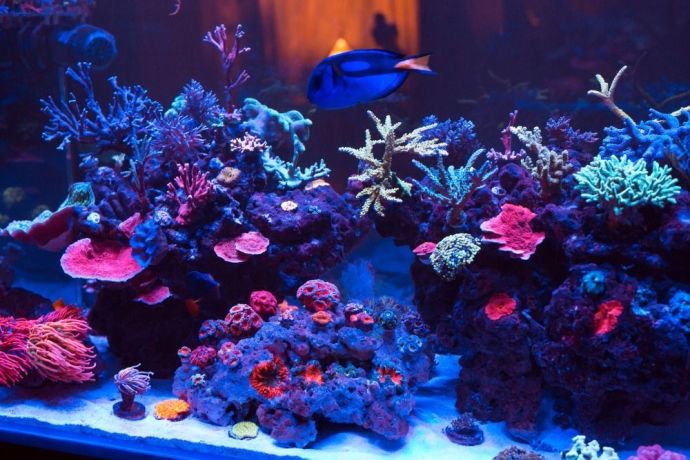 Fish Owners Tips Saltwater Refugiums: How to Make a Refugium for Saltwater Aquarium?
Fish Owners Tips Saltwater Refugiums: How to Make a Refugium for Saltwater Aquarium? - 781
- 0









